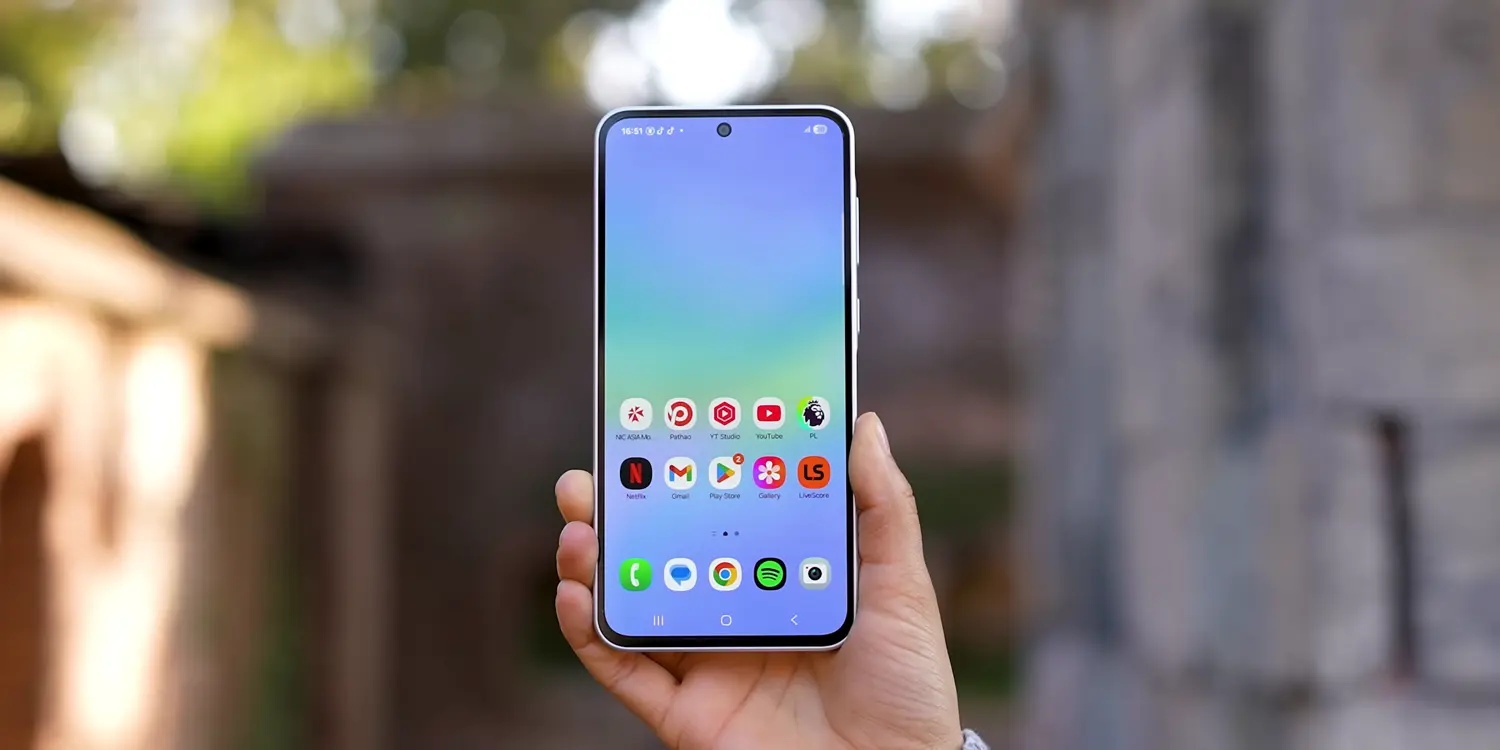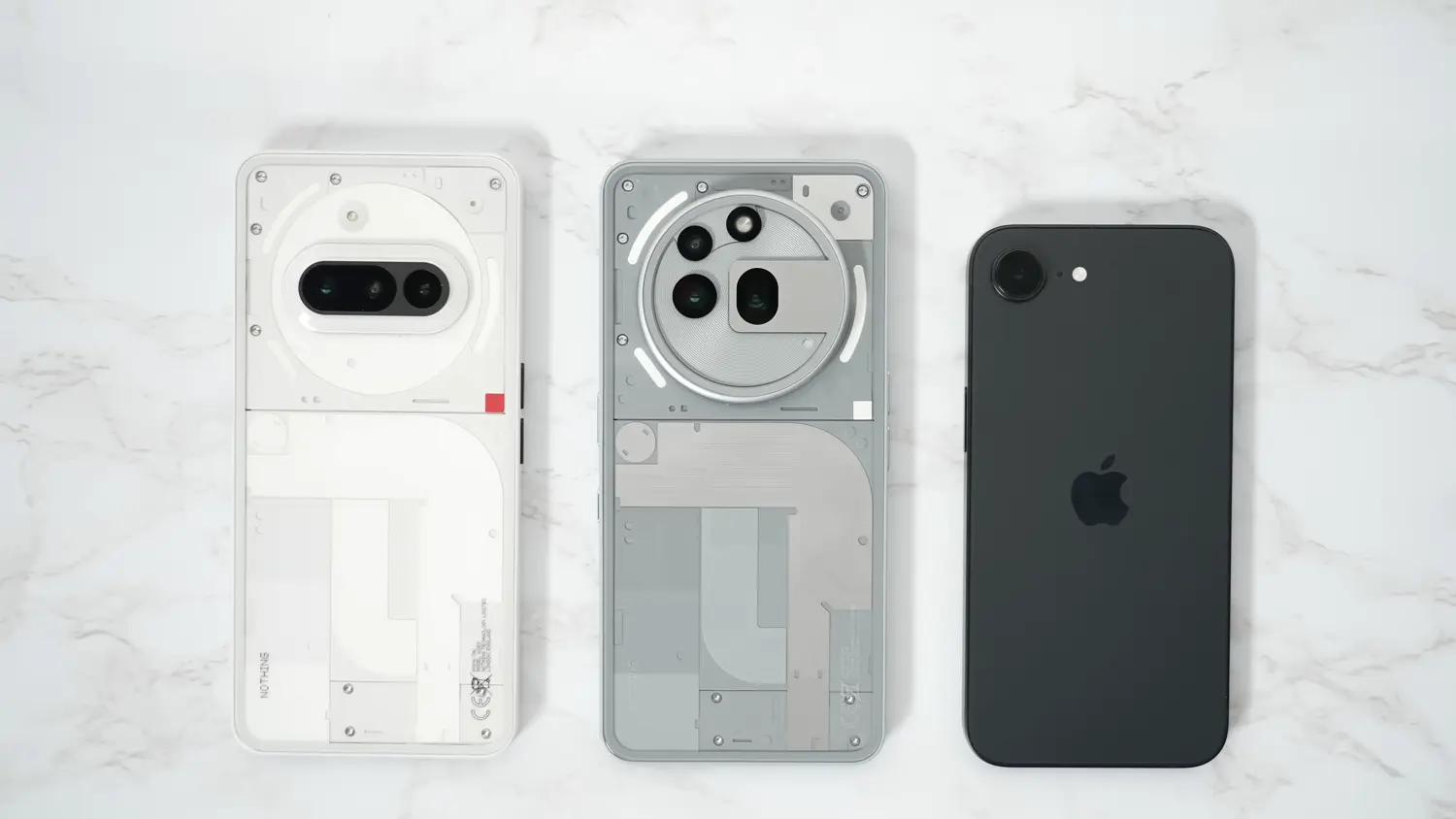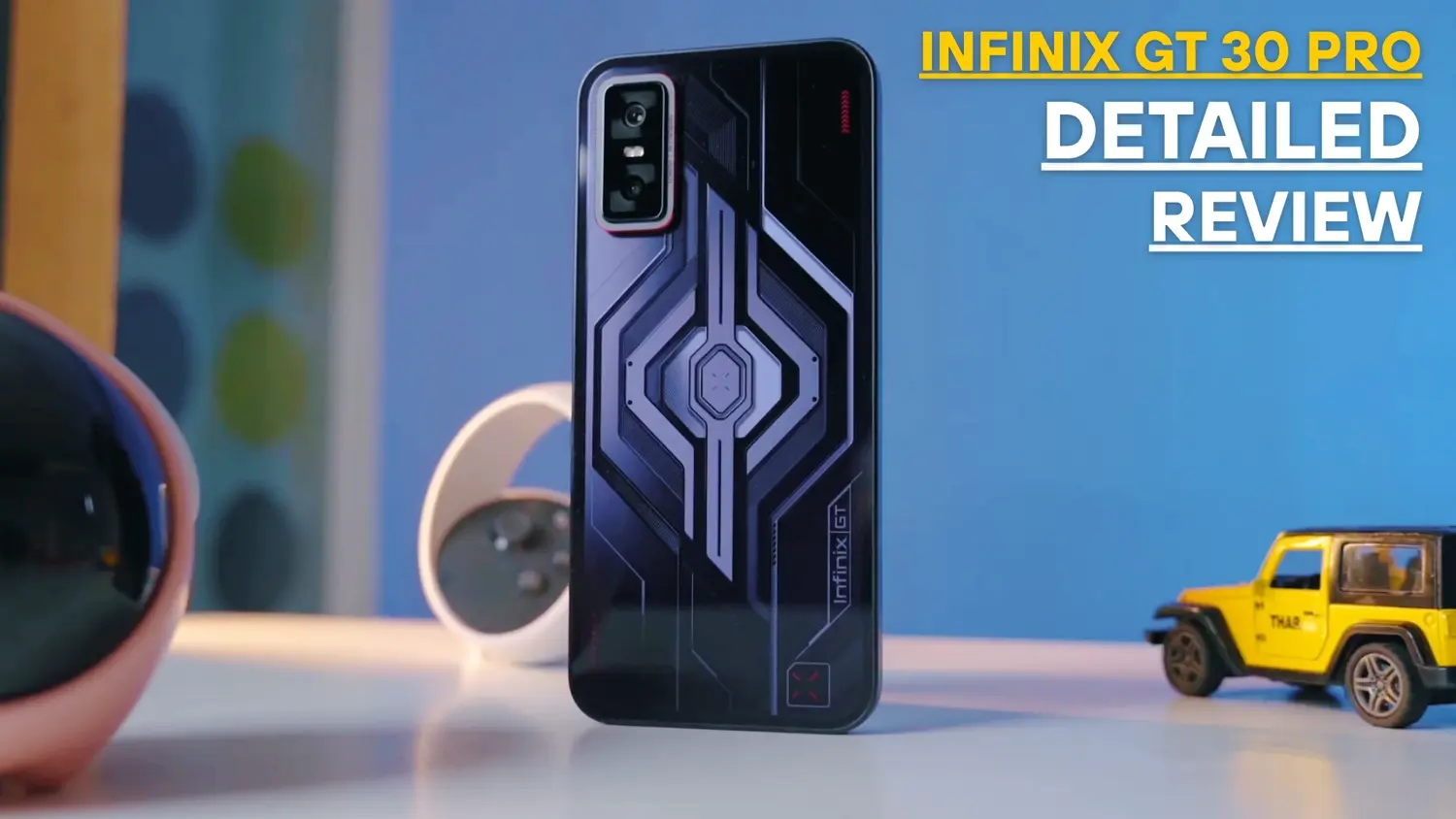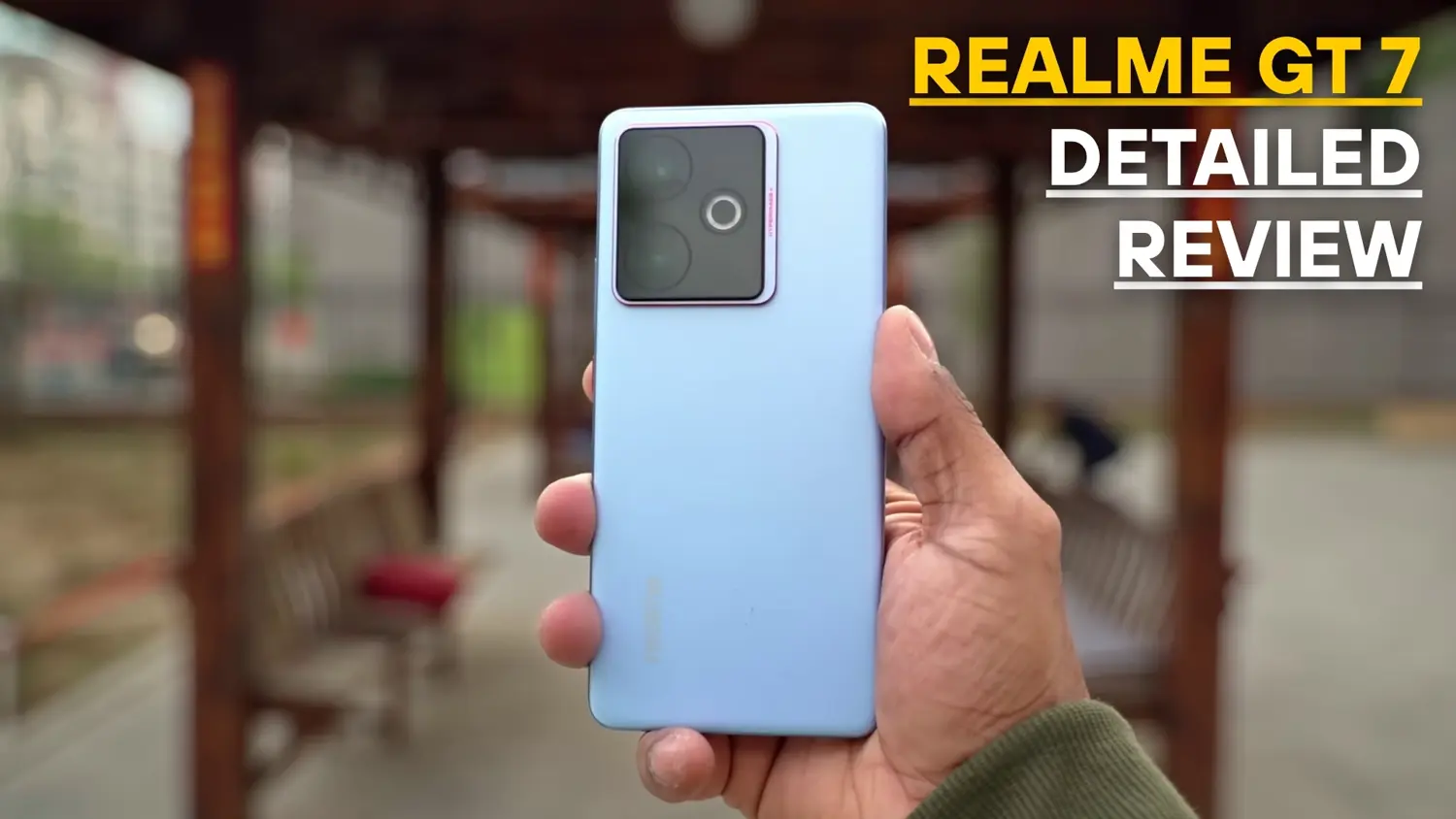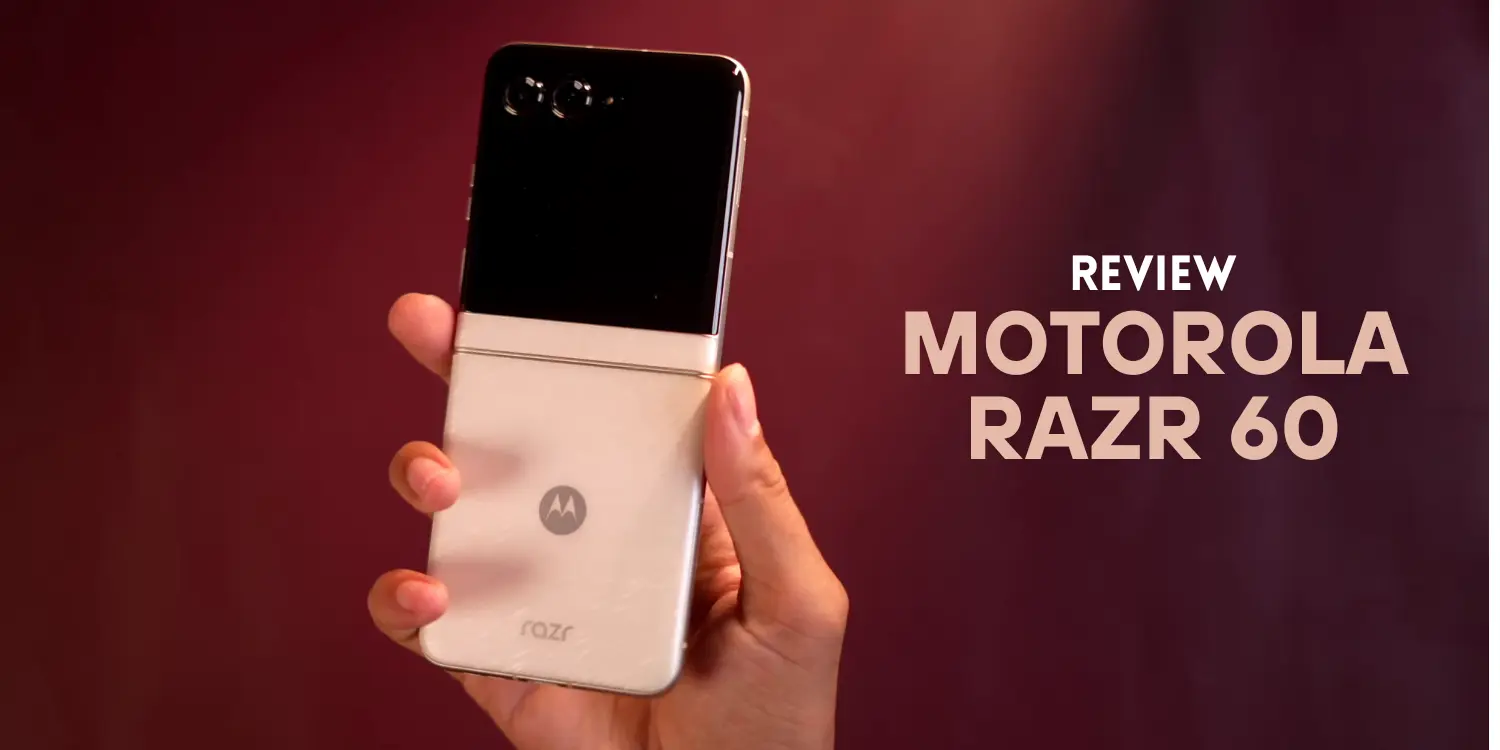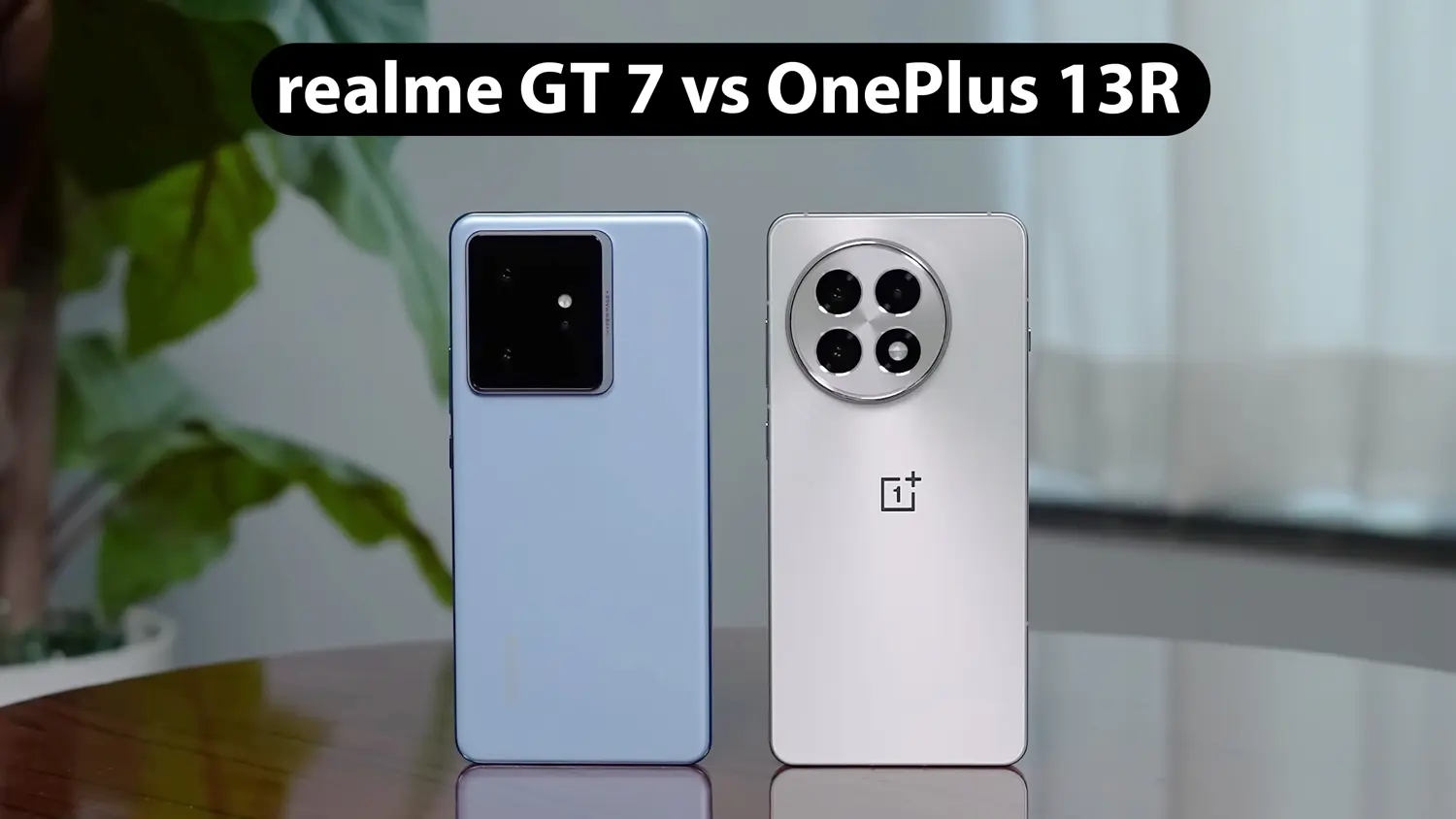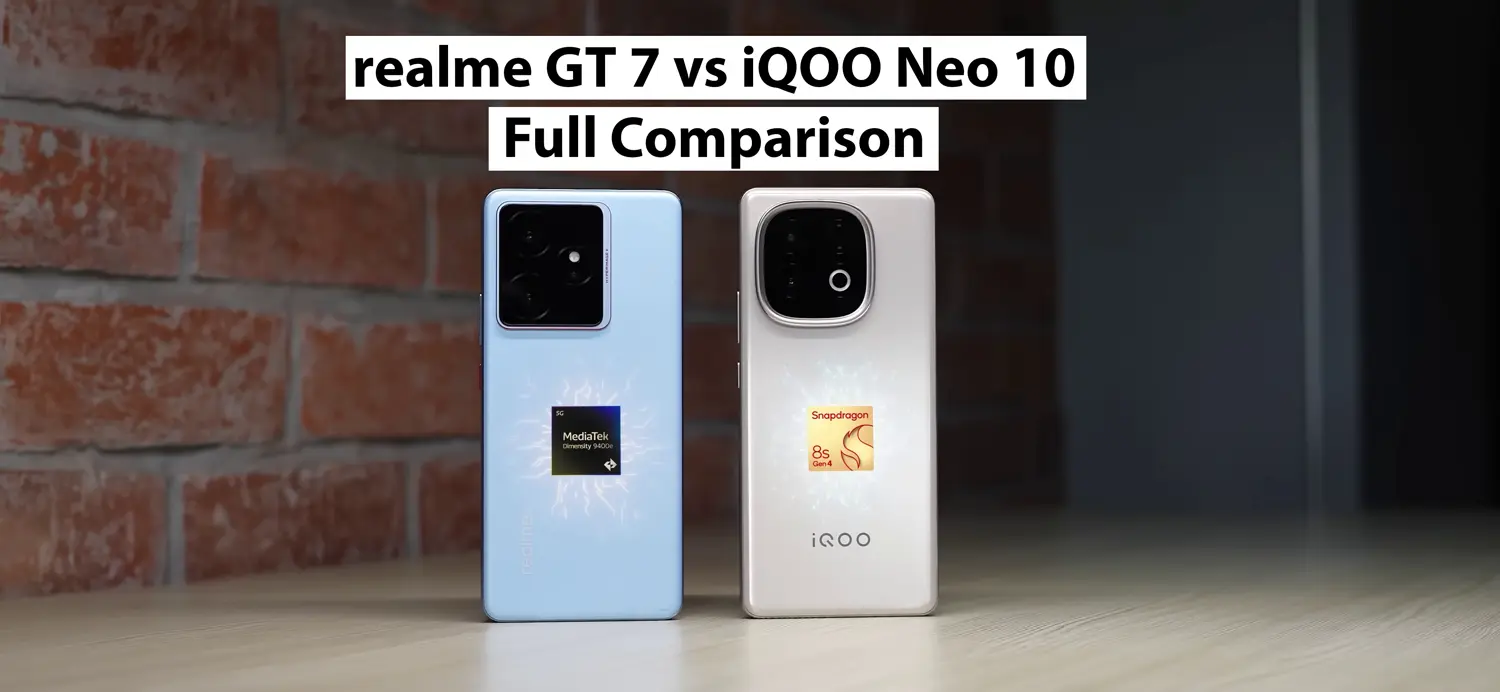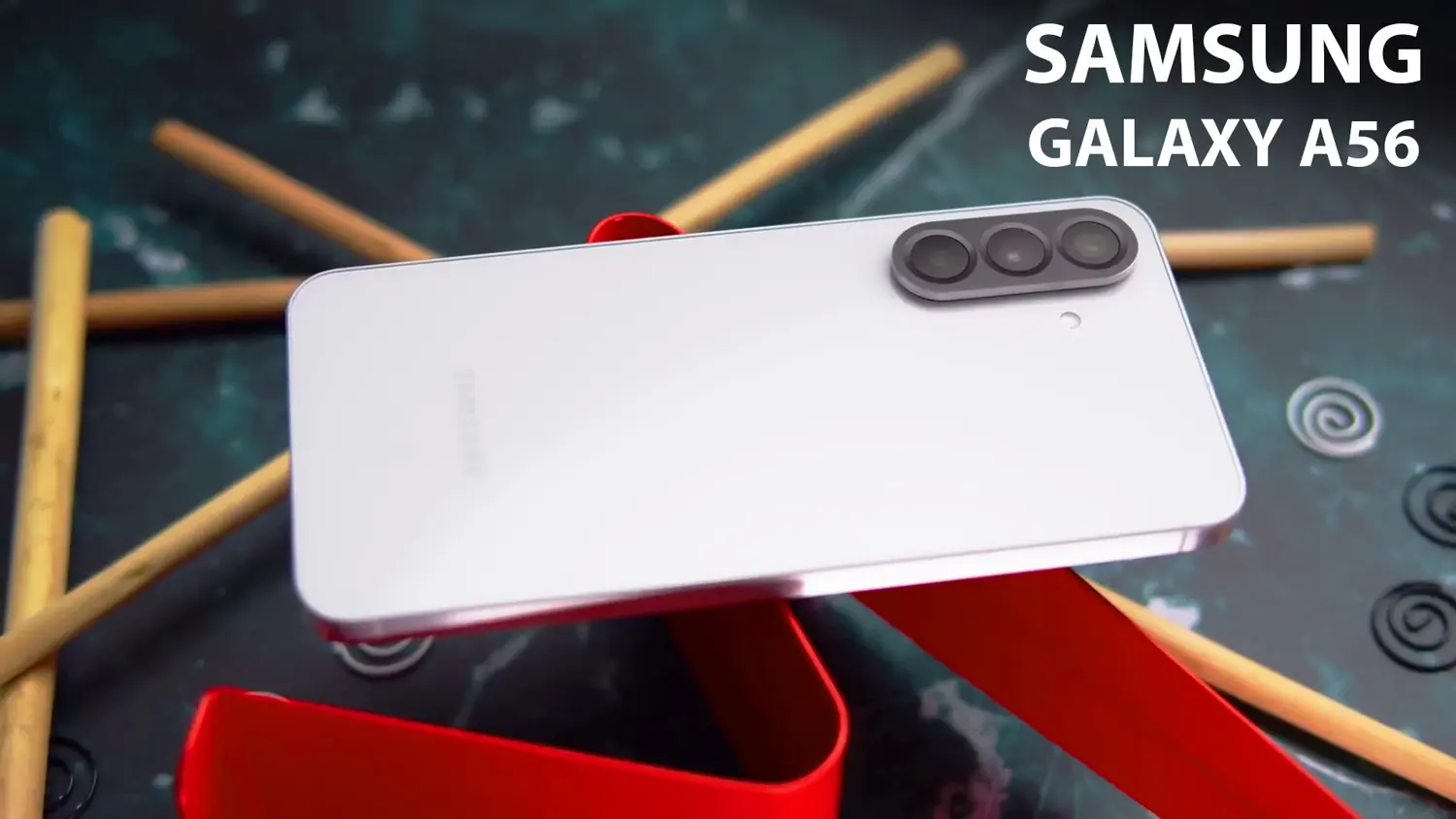The Samsung Galaxy A36, launched in 2025 alongside the Galaxy A56, is the latest addition to Samsung’s popular A-series lineup. Priced at ₹33,000 (approximately $400) for the base 8GB RAM and 128GB storage variant, the Galaxy A36 aims to cater to the mid-range smartphone market in India. However, with fierce competition from brands like OnePlus, Realme, and Nothing, the A36 faces a tough challenge. This article dives deep into the phone’s features, performance, and value proposition to help you decide if it’s worth your investment. With a focus on user intent—such as “should you buy it?” or “is it worth it?”—we’ll explore the phone’s strengths, weaknesses, and whether it justifies its premium price.
Design and Build: Premium Look with Minor Compromises
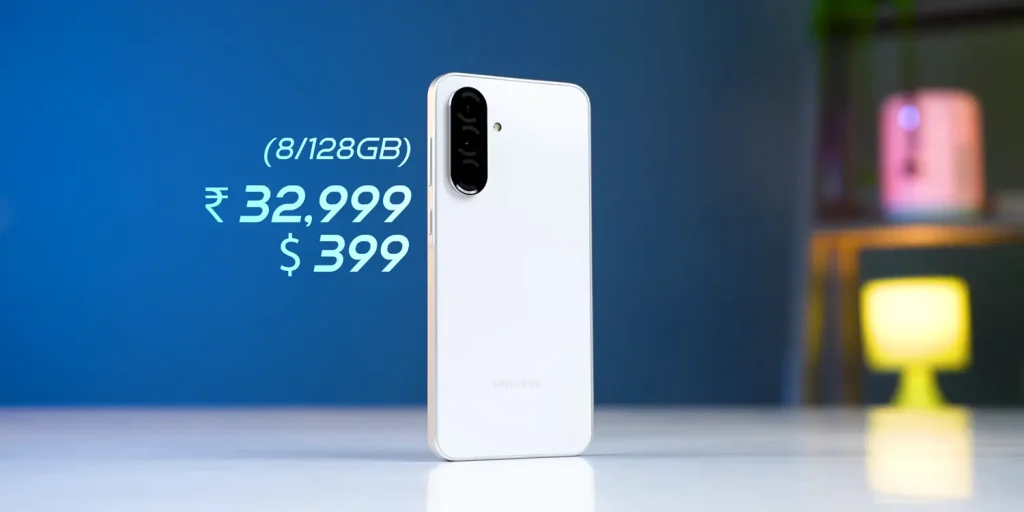
The Galaxy A36 boasts a premium design that makes it stand out in the mid-range segment. Samsung has retained the boxy form factor from its predecessor, the Galaxy A35, but introduced a new camera module that gives the phone a fresh and modern look. The phone feels almost like a flagship device when you hold it, thanks to its Gorilla Glass Victus+ protection on both the front and back. This is a significant upgrade, ensuring durability against scratches and minor drops.
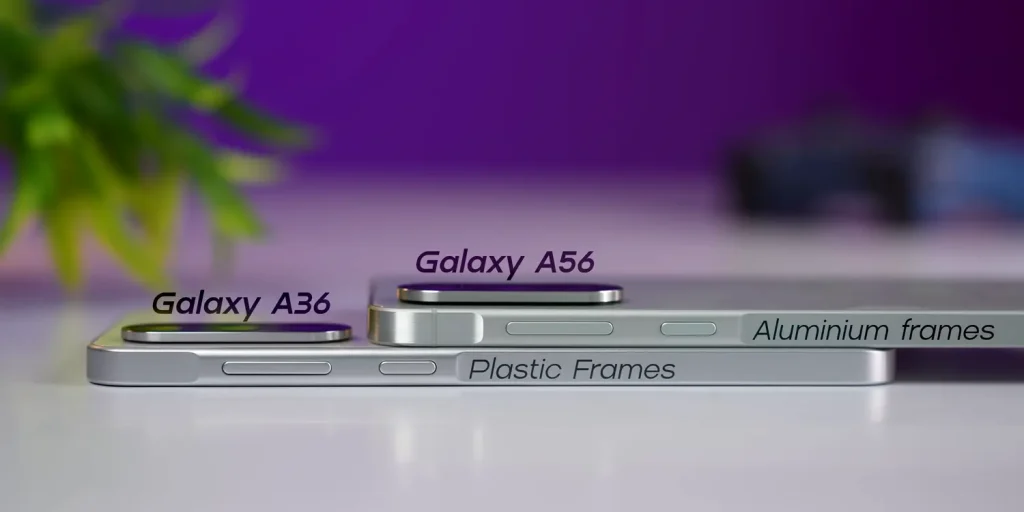
The A36 is also IP67 dust and water-resistant, a feature that’s rare in this price range and adds to its appeal for users who want a phone that can withstand accidental spills or rain. However, the plastic frames, unlike the aluminium ones on the A56, are a noticeable compromise. While this makes the A36 slightly lighter, it doesn’t feel as premium as its more expensive sibling. Overall, the build quality is solid, earning it a strong A-minus rating for design.
Display: A Visual Treat for Media Lovers
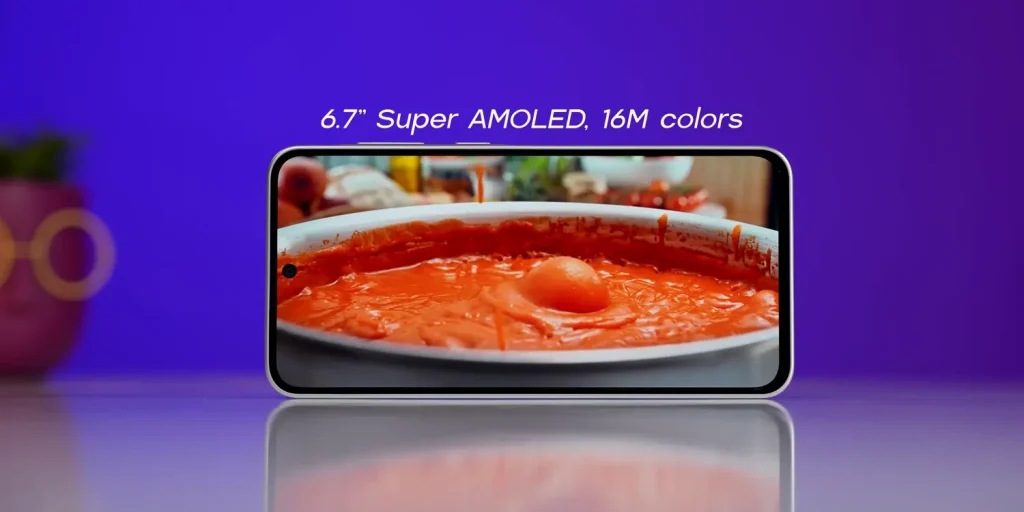
The display on the Galaxy A36 is one of its standout features. It features a 6.6-inch Super AMOLED panel with a 120Hz refresh rate, delivering rich colors, deep blacks, and smooth scrolling. Whether you’re watching YouTube videos, browsing Instagram, or playing games, the display offers an immersive experience. The touch response is quick, making it ideal for casual gaming and multitasking.
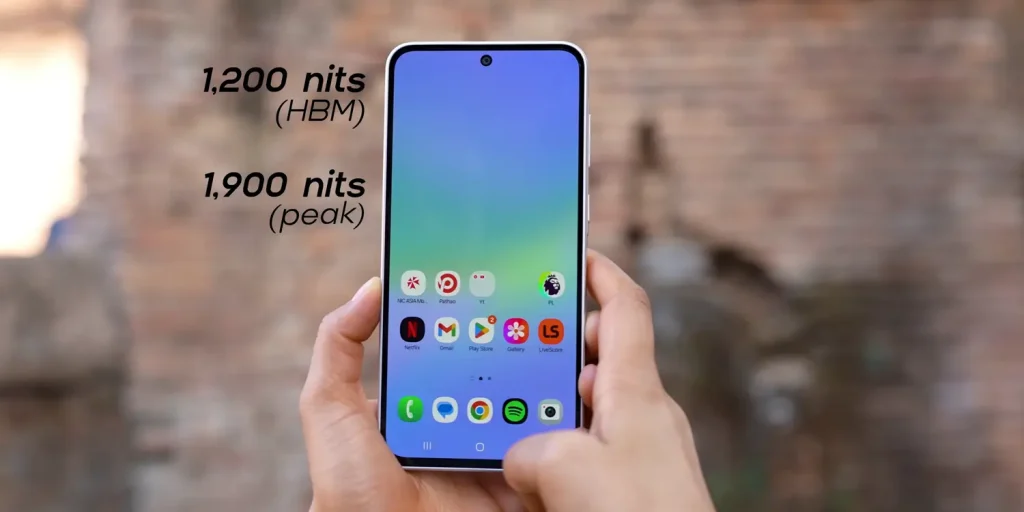
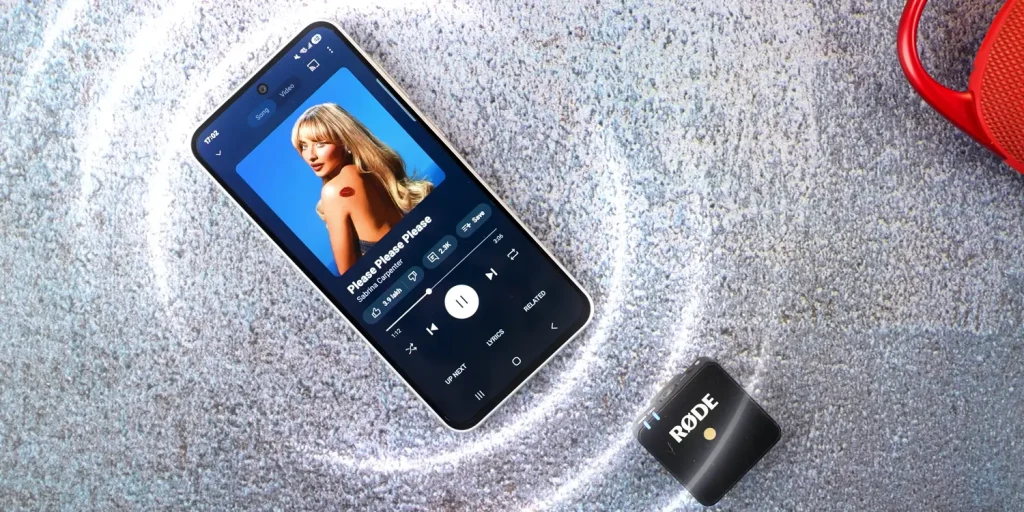
With a peak brightness of 1200 nits, the A36 performs exceptionally well outdoors, even under direct sunlight. This is a significant improvement over the Galaxy A35, which struggled with visibility in bright conditions. The stereo speakers complement the display, providing clear and balanced audio for an enhanced multimedia experience.
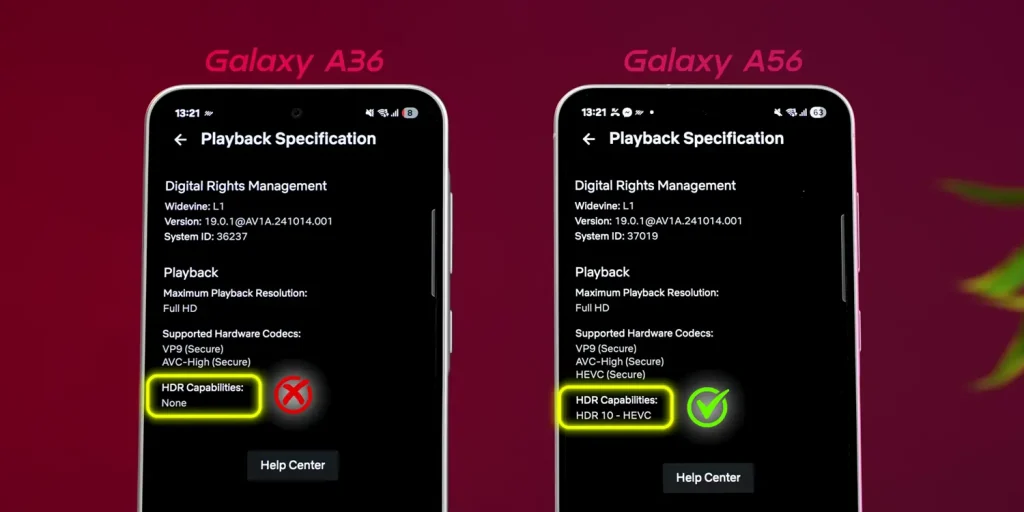
However, there are a couple of drawbacks. The bezels around the display feel slightly outdated for a 2025 smartphone, and the absence of HDR10+ support for Netflix and Prime Video is disappointing. While Samsung has promised a potential software update to enable HDR10+ (as seen on the A56), its absence out of the box is a letdown. Despite these minor flaws, the display earns a solid A+ for its vibrant and responsive performance.
Performance: Smooth Software, Underwhelming Hardware
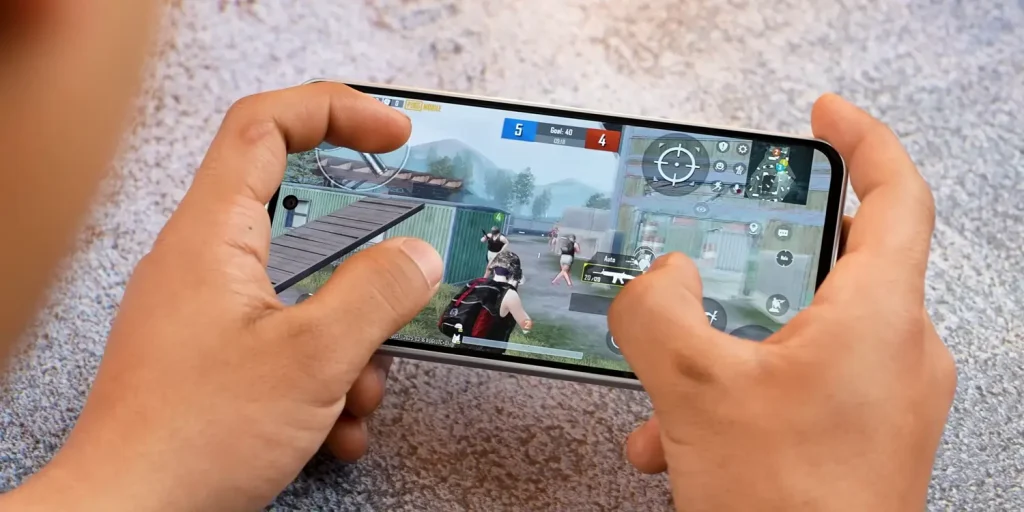
The Galaxy A36 runs on Samsung’s One UI 7, which is one of the best software experiences in the mid-range segment. The visual refresh, fluid animations, and AI features make navigating the phone a delight. One UI 7 is intuitive and user-friendly, offering a significant edge over the software found on many Chinese smartphones. Additionally, Samsung promises six years of software updates, ensuring the A36 remains relevant for years to come.
However, the performance is where the A36 falters. Powered by the Snapdragon 6 Gen 3 chipset, the phone struggles to keep up with competitors like the OnePlus 12R (Snapdragon 8 Gen 2) or the iQOO 10R (Snapdragon 8s Gen 3), which offer far superior processing power at similar or lower price points. App launches, multitasking, and heavy usage feel sluggish, making the A36 less responsive than expected for a ₹33,000 phone.
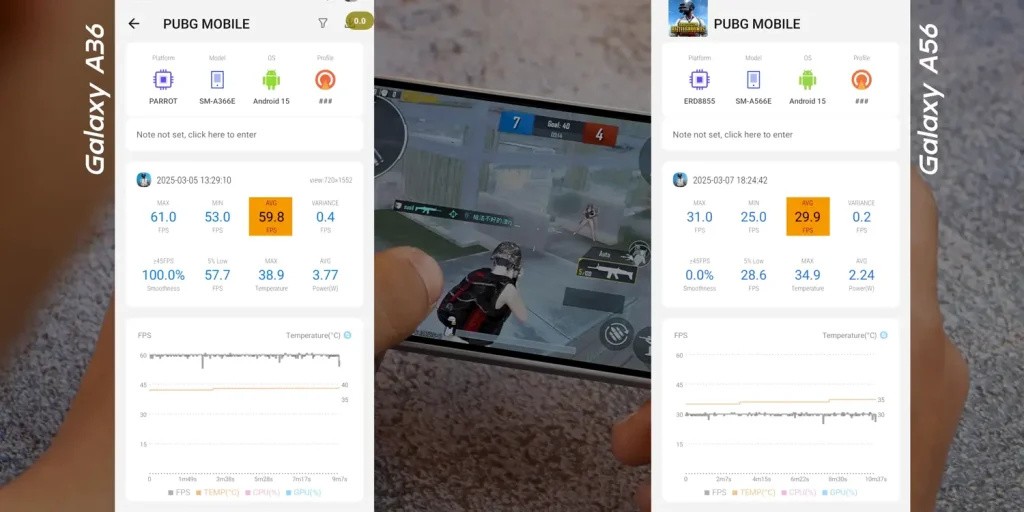
Gaming performance is decent but not exceptional. The A36 can handle games like PUBG at 60 FPS on average, which is an improvement over the Exynos-powered A56 (capped at 30 FPS). However, for serious gamers, phones like the OnePlus 12R or Realme 14 Pro Plus offer better optimization and smoother gameplay. If performance is your priority, the A36 may leave you wanting more.
Camera: Decent but Outclassed by Competitors
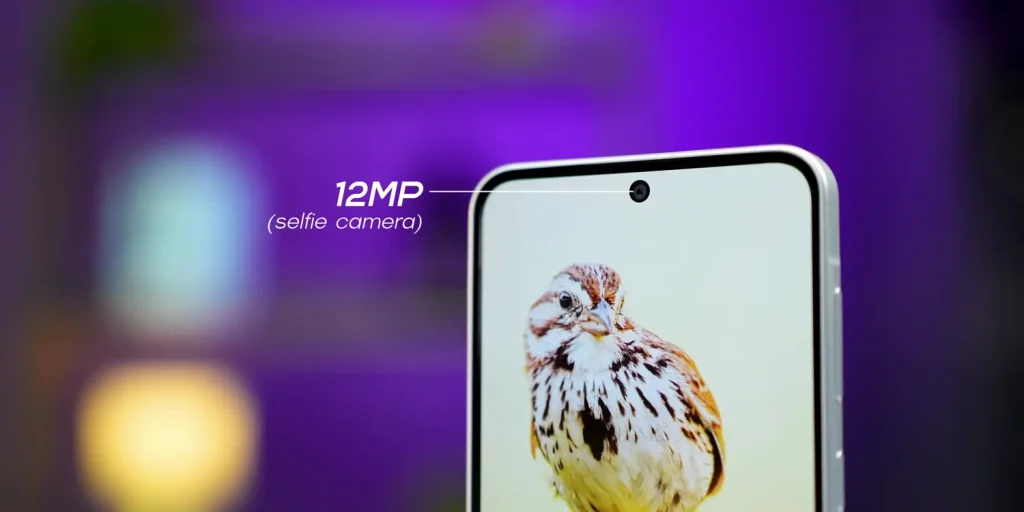

The camera setup on the Galaxy A36 is identical to last year’s A35, which is a missed opportunity for Samsung. It features a 50MP primary camera, an 8MP ultra-wide lens, and a 5MP macro shooter. While the main camera captures decent photos with natural colors and good detail in daylight, it struggles with underexposure and shadow crushing in certain scenarios. Compared to the Realme 14 Pro Plus, which offers punchier colors and better dynamic range, the A36’s photos often look less vibrant.
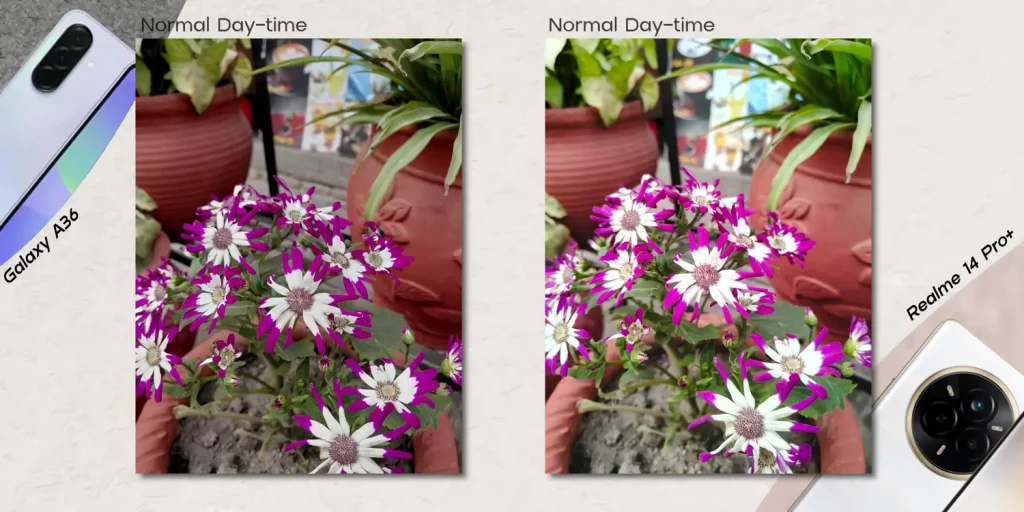
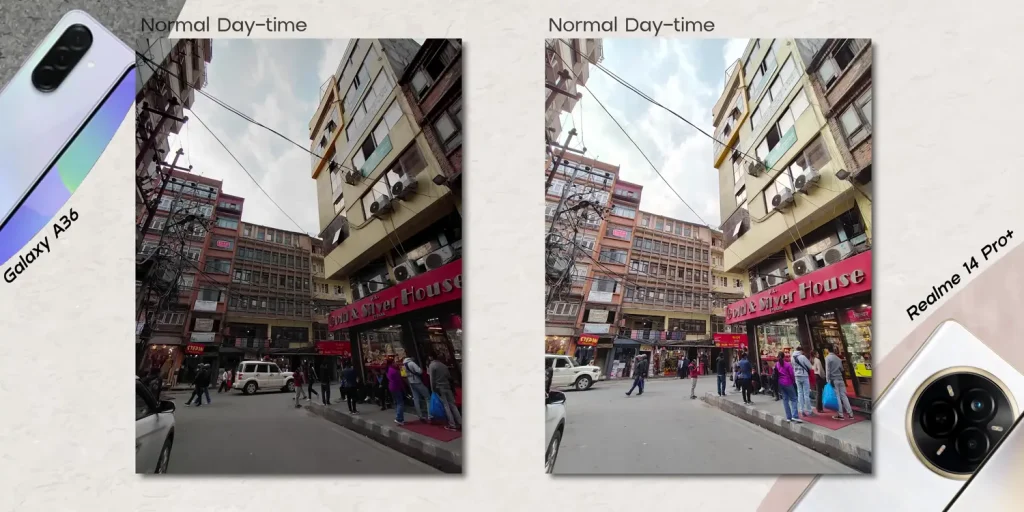
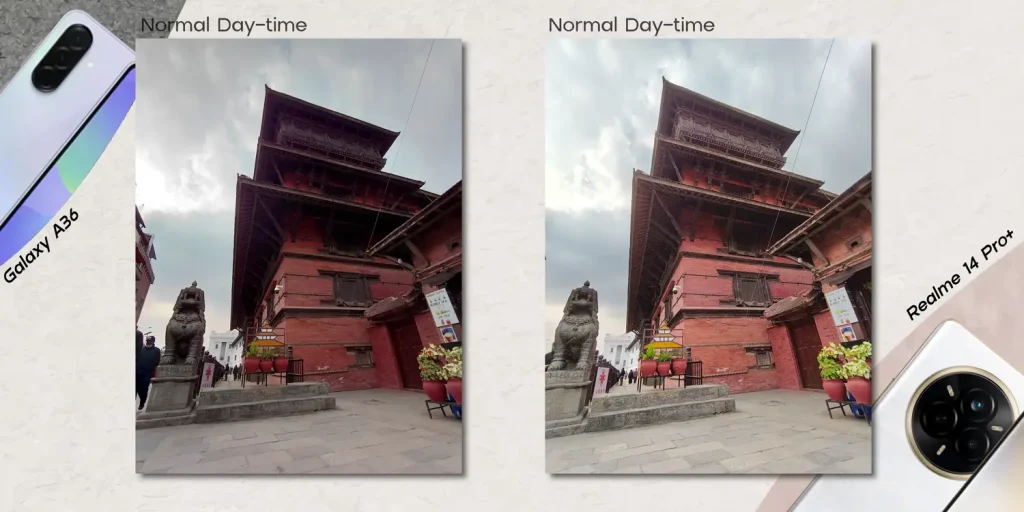
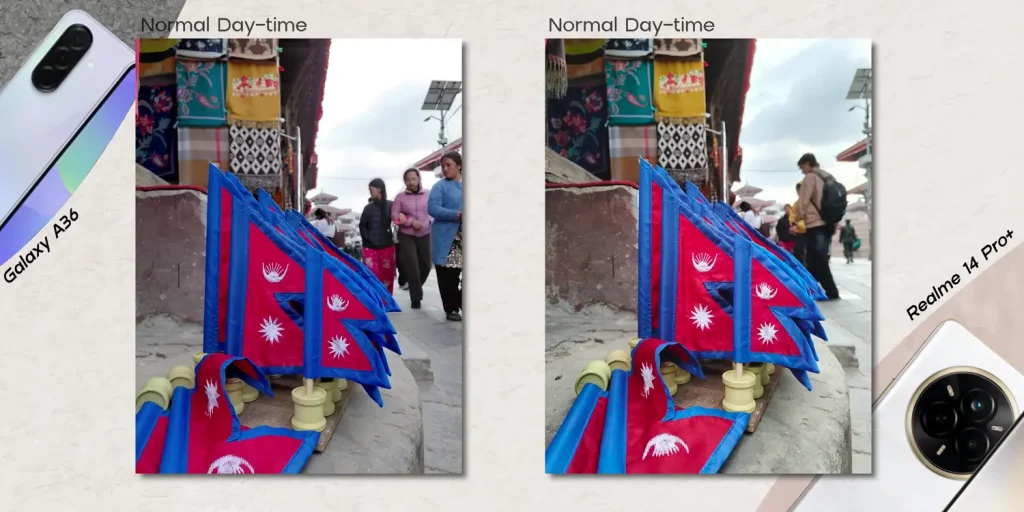
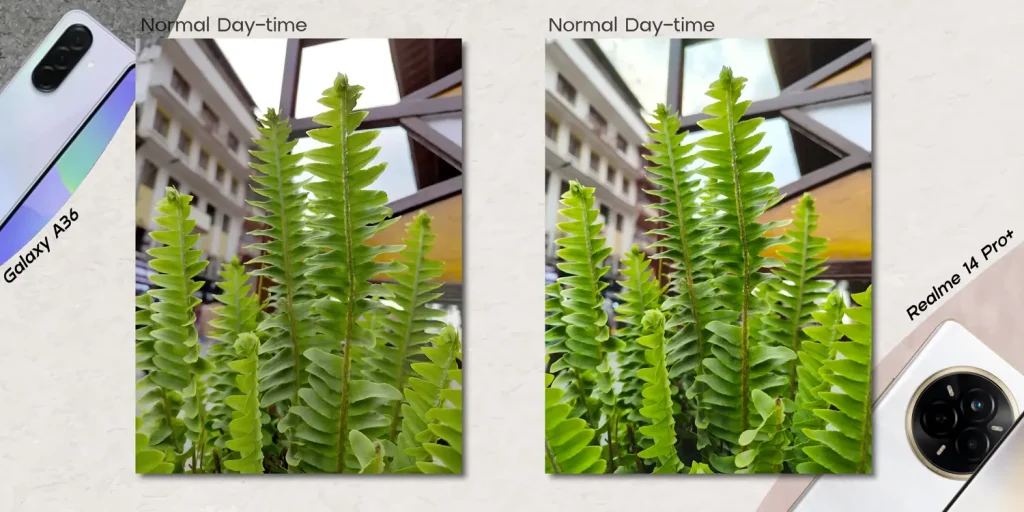
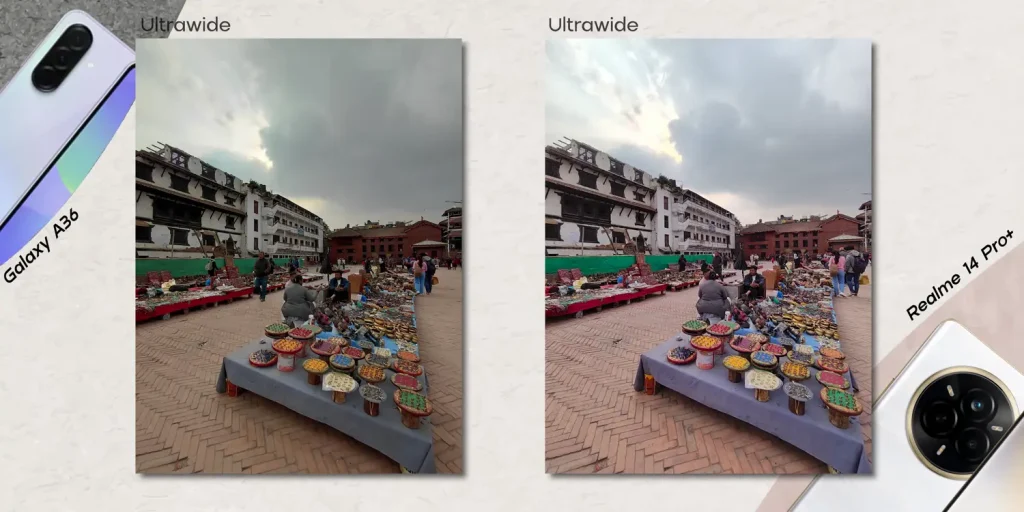
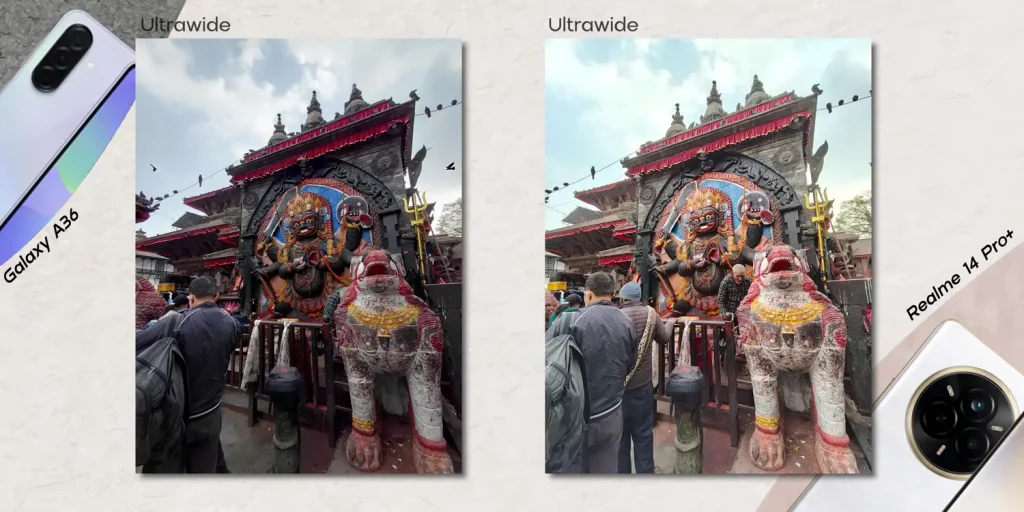
The ultra-wide camera is underwhelming, with noticeable softening at the edges and poor dynamic range. The macro lens, while functional, feels like an afterthought and is rarely useful. One of the biggest disappointments is the lack of a telephoto lens. Competitors like the Realme 14 Pro Plus offer a 3x telephoto lens for better portraits and zoomed shots, while the A36 is limited to 1x portraits, which lack the depth and focus of higher-end cameras.
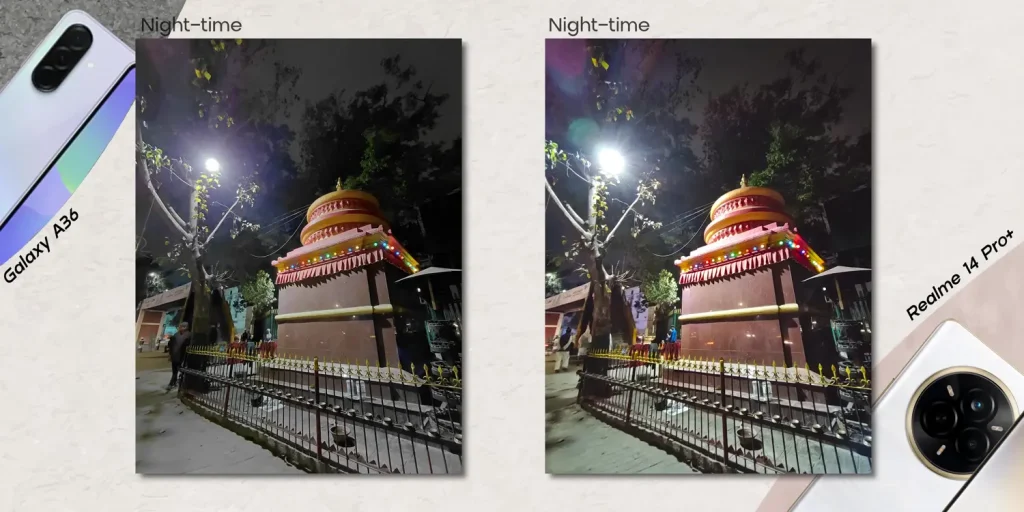

In low-light conditions, the A36 performs adequately, with Samsung’s optimization ensuring natural-looking photos. However, the Realme 14 Pro Plus still takes the lead with brighter and livelier images. The 12MP front camera is a highlight, delivering selfies with accurate skin tones and good detail, making it ideal for social media enthusiasts.
Video recording is limited to 4K 30 FPS on the main and selfie cameras, with decent stabilization and color processing. However, the inability to switch to the ultra-wide camera in 4K (limited to 1080p) is a drawback. Overall, the camera system is functional but falls short of expectations for a phone in this price range.
Battery and Charging: Average Performance, Fast Charging Upgrade
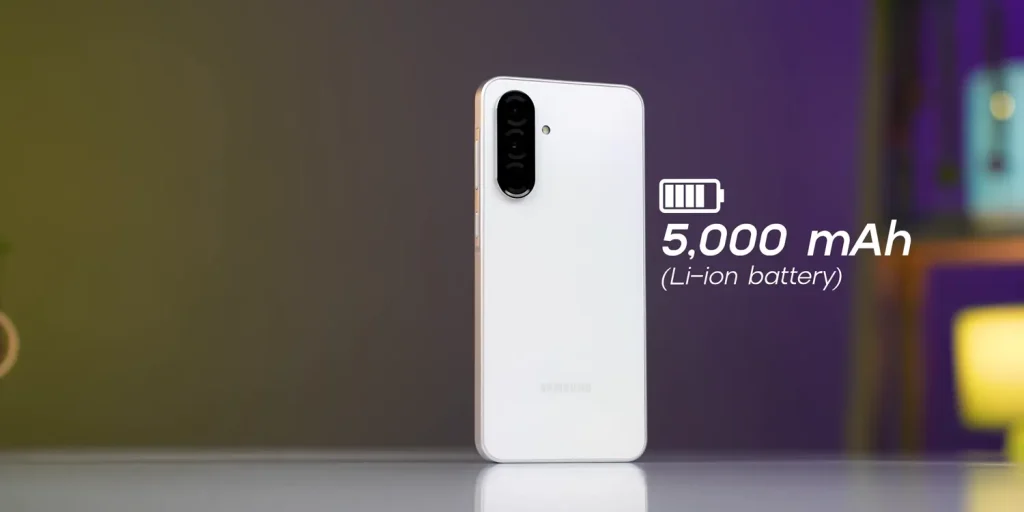
The Galaxy A36 comes with a 5,000mAh battery, which is standard for mid-range phones but lags behind competitors like the Realme 14 Pro Plus, which use larger 6,000mAh or 6,500mAh batteries thanks to silicon-carbon technology. With moderate usage, the A36 delivers around 7 hours of screen-on time, which is decent but falls short of the 8-9 hours offered by Chinese alternatives.
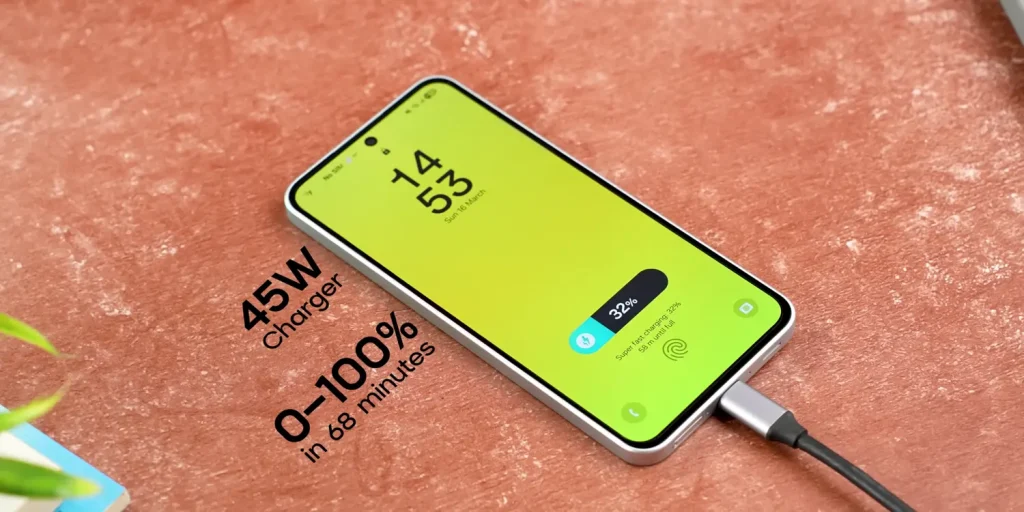
On the charging front, Samsung has upgraded the A36 to support 45W wired charging, a significant improvement over the 25W charging on the A35. However, the lack of a charger in the box means you’ll need to purchase a 45W charger separately, adding to the overall cost. When factoring in the price of the charger, the A36 feels even more expensive.
Additional Features: Mixed Bag of Pros and Cons
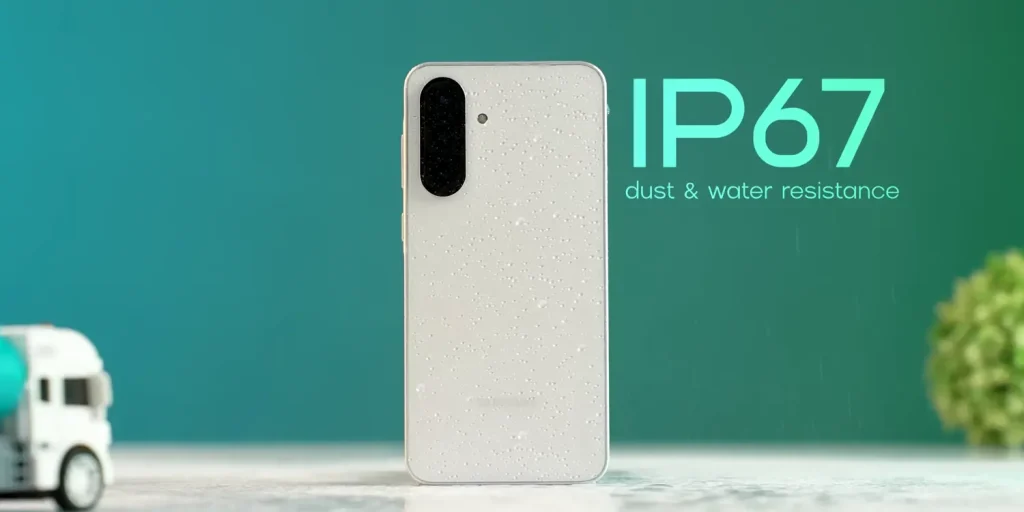
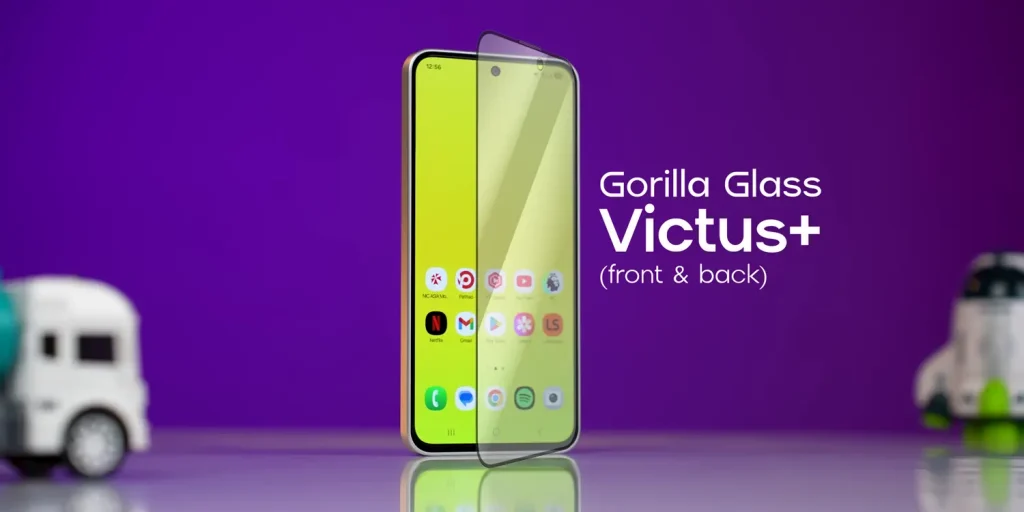
The Galaxy A36 has a few additional features that enhance its appeal. The IP67 rating, Gorilla Glass Victus+, and stereo speakers are notable advantages. Samsung’s brand value also ensures easy availability in offline stores, attractive EMI offers, and reliable after-sales service, which may sway buyers who prioritize trust and accessibility.
However, there are some glaring compromises. The in-display fingerprint sensor is slow and awkwardly positioned, making it cumbersome to unlock the phone. The vibration motor feels buzzy and cheap, especially compared to the A56’s superior haptics. These small but noticeable flaws detract from the overall user experience.
Specifications Table
| Feature | Specification |
|---|---|
| Display | 6.6-inch Super AMOLED, 120Hz, 1200 nits peak brightness |
| Processor | Qualcomm Snapdragon 6 Gen 3 |
| RAM/Storage | 8GB/128GB (base variant) |
| Rear Cameras | 50MP (main), 8MP (ultra-wide), 5MP (macro) |
| Front Camera | 12MP |
| Battery | 5,000mAh, 45W wired charging (charger not included) |
| Software | One UI 7, 6 years of updates |
| Build | Gorilla Glass Victus+ (front/back), plastic frame, IP67 |
| Weight | Lighter than A56 (exact weight not specified) |
| Additional Features | Stereo speakers, in-display fingerprint sensor |
Is the Galaxy A36 Worth It?
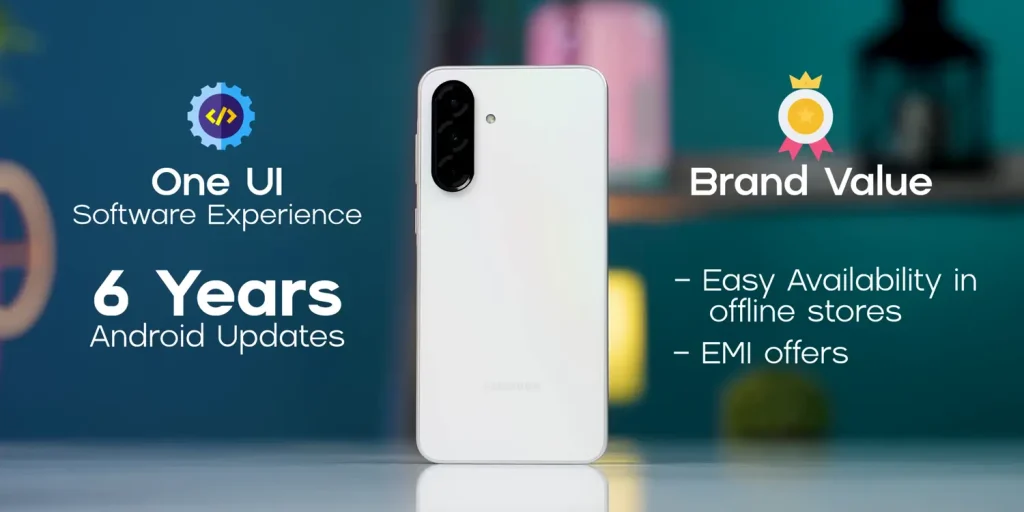
The Samsung Galaxy A36 is a mixed bag. On one hand, it offers a premium design, a stunning AMOLED display, and a polished software experience with One UI 7. The IP67 rating, Gorilla Glass Victus+, and six years of software updates make it a reliable choice for long-term use. Samsung’s brand value, offline availability, and EMI offers further sweeten the deal for those who prioritize trust and convenience.
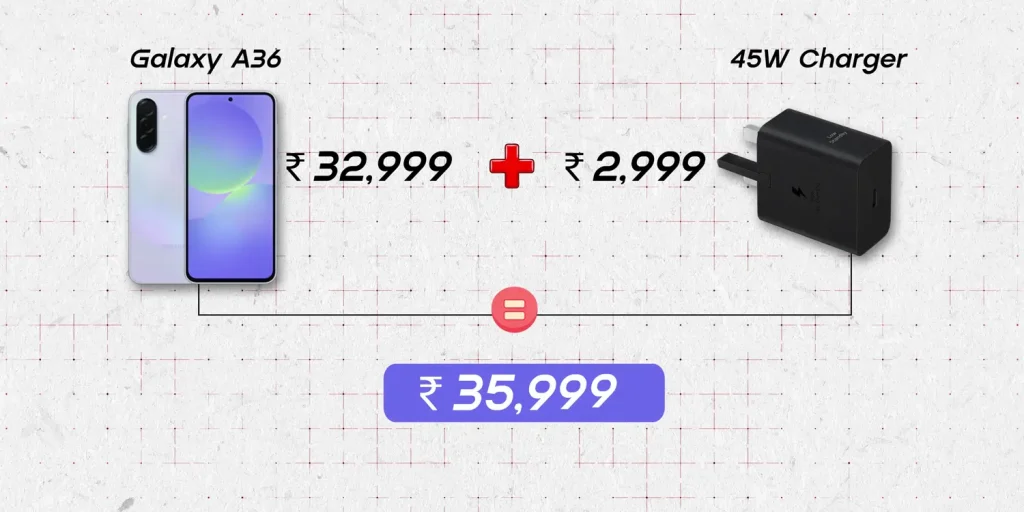
However, the A36 is overpriced for what it offers. At ₹33,000, it competes with phones like the OnePlus 12R, Realme 14 Pro Plus, and Nothing Phone 3a Pro, which deliver superior performance, better cameras, and larger batteries at similar or lower prices. The Snapdragon 6 Gen 3 chipset is underpowered, the camera system is outdated, and the lack of a charger in the box adds to the cost. Small compromises like the slow fingerprint sensor and buzzy vibration motor further hurt its value proposition.
Should You Buy the Galaxy A36?
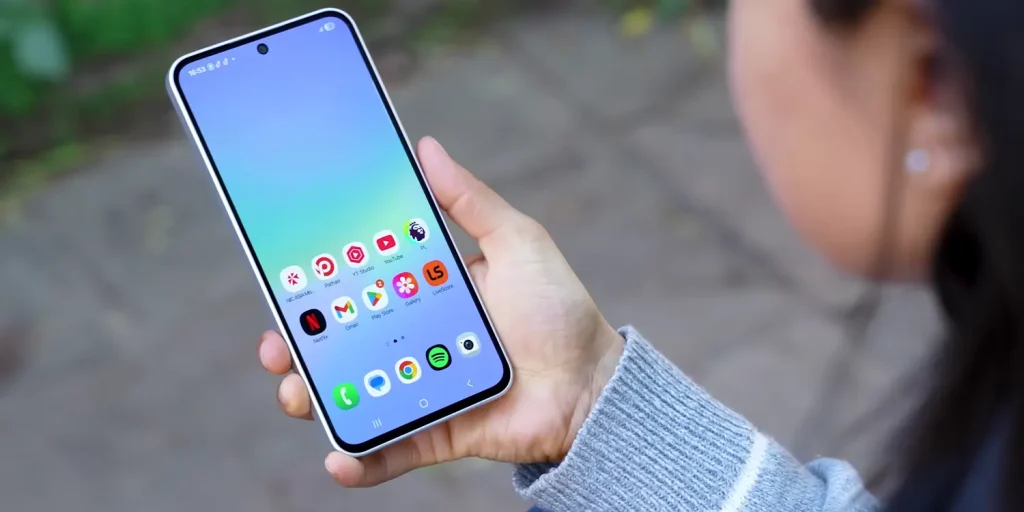
If you’re a Samsung loyalist who values a premium design, a vibrant display, and a clean software experience with long-term updates, the Galaxy A36 is a decent choice. It’s also a good option for those who prefer offline purchases and EMI offers. However, if performance, camera quality, or battery life are your priorities, you’re better off with alternatives like the Realme 14 Pro Plus (for better cameras) or the OnePlus 12R (for all-round performance).
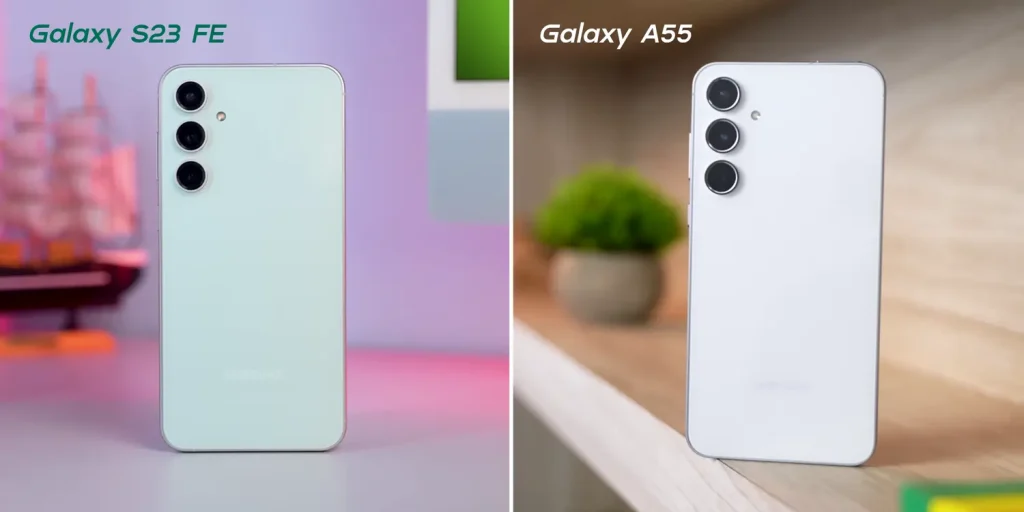
For Samsung fans on a budget, the Galaxy S23 FE or last year’s Galaxy A55, available at similar prices, offer better cameras, haptics, and performance. Ultimately, the Galaxy A36 is a safe but uninspiring choice in a highly competitive market.
Conclusion
The Samsung Galaxy A36 is a solid mid-range phone with a premium design, an excellent display, and a reliable software experience. However, its underwhelming performance, average cameras, and high price make it difficult to recommend over competitors. While it caters to Samsung loyalists and those who value brand trust, alternatives like the Realme 14 Pro Plus and OnePlus 12R offer better value for money. Before making a decision, weigh your priorities and consider whether the A36’s strengths outweigh its compromises.
